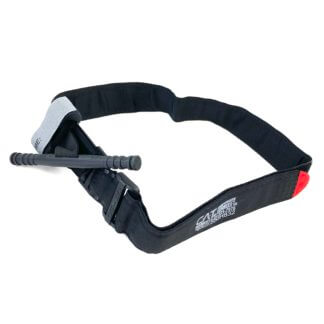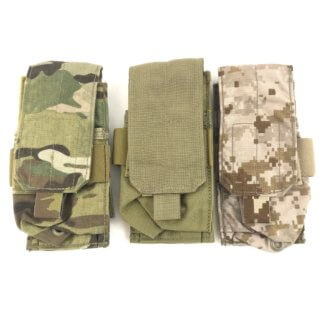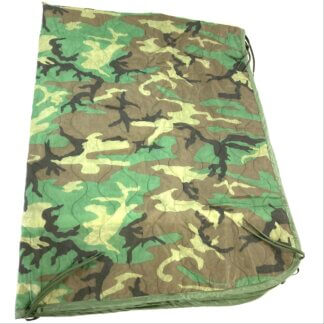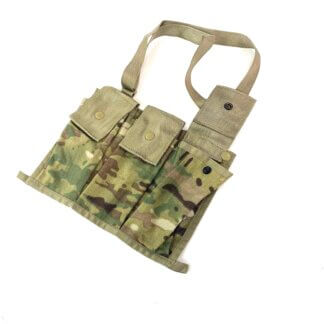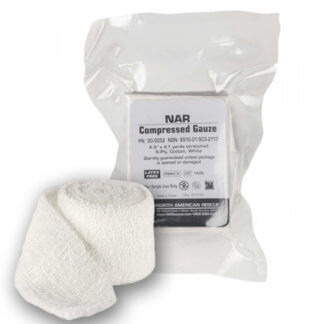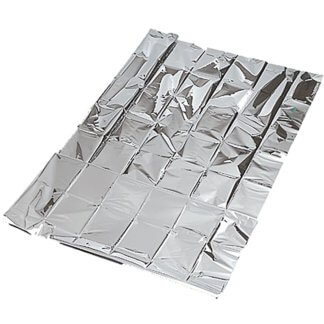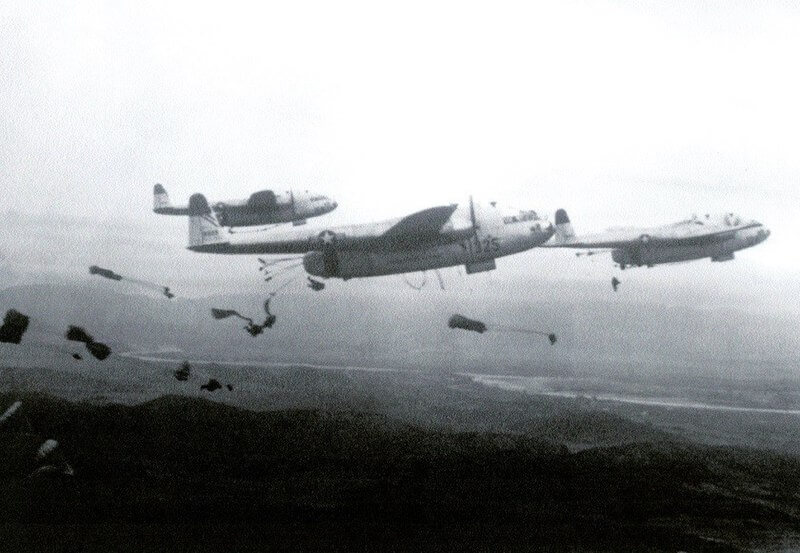
US Military History Throughout The Years
Short bits of history you know and some you may not!
- Rakkasans: Friday, October 20, 1950 – The 187th Airborne Regimental Combat Team conducts the first airborne operation during the Korean War. The Regiment would jump near the North Korean towns of Sukchon and Sunchon. Their mission was to capture North Korean officials fleeing Pyongyang and to rescue captured American Soldiers in the area as well. Paratroopers of the 1st and 3rd Battalions of the 187th ARCT would drop from their aircraft at only 700 ft, with all the heavier equipment they needed to fight dropped at around 1,500 ft. This airborne operation was not only the first combat jump for paratroopers during the war but the first time 105mm howitzers and other heavy equipment would be dropped into combat as well. The 187th would successfully surprise the enemy North Korean forces as they dropped onto many of their defensive positions and they were able to secure the area quickly. On the same day that the 187th would begin their operation some 70 American POWs were massacred. Nearby the operation North Koreans were traveling by train from Pyongyang with the POWs, killing them as word of the operation reached them. It is thought that if the operation had not been delayed by several hours due to rain all POWs might have been saved.
- Operation Linebacker I: Sunday, October 22, 1972 – The US Seventh Air Force and US Navy Task Force 77 would end Operation Linebacker I during the Vietnam War. The purpose of the operation was to slow the advance of North Vietnamese forces during the Easter Offensive. Enemy airfields, radio stations, railways, bridges and highways were all targeted by bombers. The operation successfully helped hold back the enemy’s advances, which was crucial at the time as American forces had begun drawing down in the country. During the operation the last American combat troops would actually leave Vietnam, the successes of the operation allowing President Nixon to standby his promises of not reintroducing American troops into the war. Over the course of the 5 and half month operation some 40,000 tons of munitions would be dropped by aircraft and 104 US aircraft would be lost in combat. The operation would be followed only a few months later by Operation Linebacker II, which would focus on the destruction of major enemy targets and complexes. Linebacker II would be the largest heavy bomber strike since the end of World War 2.
- The Unknown Soldier: Sunday, October 23, 1921 – Four unknown American Soldiers would be brought from the cemeteries of sine-Marne, Meuse-Argonne, Somme, and St. Mihiel to the Hotel de Ville in France. All had died during battles American forces took part in, with all attempts to identify them having failed. Sergeant Edward F. Younger was selected to pick one of the Soldiers to represent the 77,000 Americans that died during the war and be buried in Arlington National Cemetery. SGT Younger would enter the mortuary room where the unknowns were held, selecting one after a few minutes of silent thought. The Unknown would be brought back the USA and would be the first Soldier to be buried at the Tomb of the Unknown Soldier on 11 November 1921. During the ceremony President Harding would award the Unknown with the Medal of Honor and Distinguished Service Cross, with foreign dignitaries adding more medals. The Unknown Soldier of WW1 is accompanied currently by Unknowns from WW2 and the Korean War.
This week’s featured products.
Best-Selling Military Gear
-

North American Rescue GEN 7 CAT Tourniquet
$29.99 Select options -

USGI M249 SAW Ammo Box, 200 Round
$11.99 – $16.99 Select options -

Eagle Industries Double M4 Mag Pouch
$5.99 Select options -

USGI Military Poncho Liner, Woobie Blanket
$49.99 Select options -

USGI 6 Magazine Bandoleer
$7.99 – $21.99 Select options -

USGI 1 Quart Canteen
$5.99 Select options -

North American Rescue Compressed Gauze
$4.99 Select options -

North American Rescue Survival Blanket
$1.59 Select options

